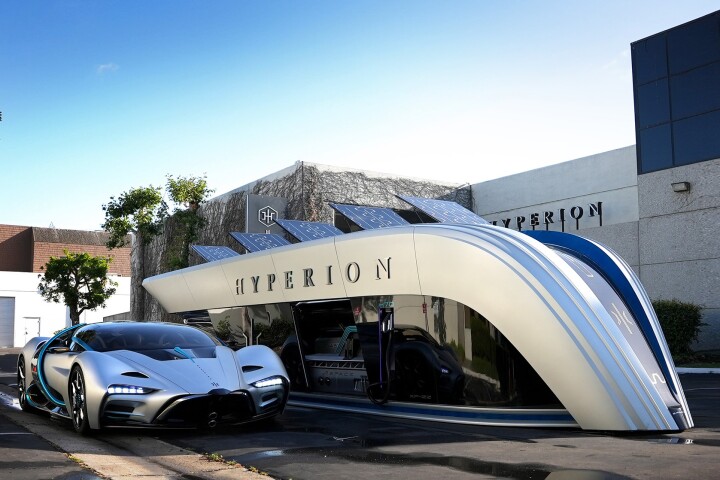 An artist’s impression of a wormhole simulated in a quantum computer. inqnet/A. Mueller (Caltech)
An artist’s impression of a wormhole simulated in a quantum computer. inqnet/A. Mueller (Caltech)
–
In fiction, wormholes are usually depicted as tunnels that connect two distant points in space, allowing instantaneous travel across the cosmos. But while they might seem like little more than a convenient story device, wormholes are surprisingly plausible in reality. Einstein himself proposed their existence as a feature of his general theory of relativity, and in the decades since scientists have studied where and how we might find them.
But their properties remain poorly understood, with several conflicting models all possible. That creates a paradox – to find out more, we’d need observations of real wormholes, but to observe them we’d need to find out more so we know what to look for. Computer simulations can help break the loop, allowing physicists to test different models of wormholes and see how they might behave.
In the new study, scientists have achieved that for the first time. This kind of simulation can’t be run on just any old computer though – it required the power of quantum computers, which tap into the strange realm of quantum physics to perform calculations beyond the reach of traditional computers.
The team was investigating an intriguing correlation between wormholes and quantum physics – the idea of a wormhole sending things across the universe in the blink of an eye sounds suspiciously like quantum teleportation, where information can be instantly sent between two entangled particles, no matter how far apart they are.
Using Google’s Sycamore quantum processor, scientists from Caltech, Harvard, Fermilab and Google ran the first simulation of a wormhole. The key was an established model known as SYK that could simulate quantum gravity effects – in this case, the team entangled two simplified SYK systems together, then sent a quantum bit (qubit) of information into one of them.
And sure enough, the information emerged out of the second system. This demonstrated not only quantum teleportation, but because the two SYK models also simulate quantum gravity, it was a realistic simulation of how a traversable wormhole would work in the real world.
It’s long been predicted that to keep a wormhole open long enough for something to pass through, it would need to be hit with a blast of negative energy. In the simulations, the team tested this idea and found that the wormhole signatures only worked if they hit it with a pulse of simulated negative energy – but not positive energy. This, the team says, validates the model as representing more than just a standard quantum teleportation event.
Of course, this is far from an actual tunnel through spacetime, but the team says that this model could help physicists probe the properties of real-world wormholes, if they exist. This could boost our understanding of them to the point that we eventually work out how to look for them in the cosmos.
“We found a quantum system that exhibits key properties of a gravitational wormhole yet is sufficiently small to implement on today’s quantum hardware,” said Maria Spiropulu, principal investigator of the study. “This work constitutes a step toward a larger program of testing quantum gravity physics using a quantum computer. It does not substitute for direct probes of quantum gravity in the same way as other planned experiments that might probe quantum gravity effects in the future using quantum sensing, but it does offer a powerful testbed to exercise ideas of quantum gravity.”
The research was published in the journal Nature.























